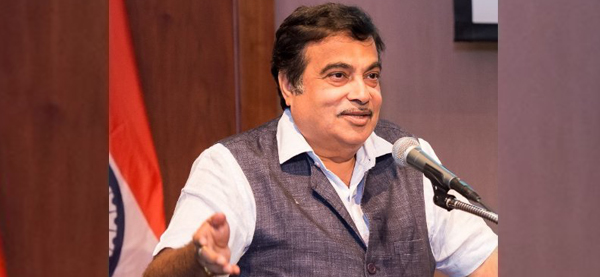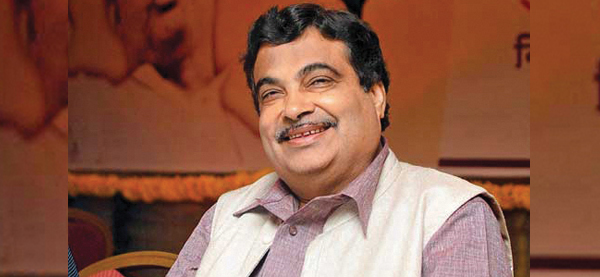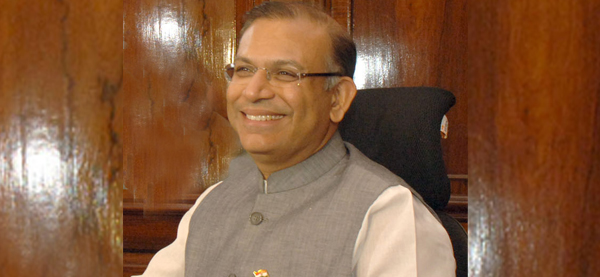A long-standing short-fall, the absence of seamless road connectivity to the last-mile is finally being addressed. In a move likely to have a substantial impact in boosting economic growth, travel and tourism, especially in the coastal regions of the country, India’s biggest ever road infrastructure project, eyeing development and expansion of nation’s highway network, has been put in motion by the government as the Union cabinet recently approved an investment of INR 6.9 Lakh Crores by 2022.
The project is called Bharatmala and was conceived by the Modi government to create a road network linking the entire costal region, in the east and the west, to the national highway network. It is touted as the second largest road project after the National Highway Development Program. The project aims to create road networks to border areas and ports, eventually boosting coastal connectivity.
The ambitious project entails 9,000 km of economic corridors, 6,000 km of inter-corridor and feeder routes and 5,000 km of national corridors efficiency improvement. It also includes 2000 km of border roads and international connectivity, 2,000 km of coastal roads and port connectivity. Also, there is a provision of 800 km of greenfield expressways in the first phase.
In a press brief held recently in the capital, Nitin Gadkari, Union Minister for road transport and highways had revealed that around 5,000 km of the national corridor was to be taken up in Phase-I at an estimated cost of one lakh crore. He had also shared that around 26,200 km of economic corridors, 8,000 km of inter-corridors and around 7,500 km of feeder corridors have been identified by the government under Bharatmala.
India’s coastline, stretching to well-over 7,500 kilometres, is an enviable tourism and economic asset. Much of has remained under-utilized. Lack of robust road connectivity to major national highways is one of the important reasons for its failure to have acquired its rightful status as an important tourism product. Now, with the government rolling out a hefty package, it is likely that the development will also encourage private players from diverse industries, including tourism and hospitality industry, to bring in investments, leading to new products and destinations.
Interestingly, the coastal push is coming at a time when the Ministry of Tourism is inching towards implementing a progressive tourism policy with comparably liberal Coastal Regulation guidelines. As these measures fructify, tourism in and around India’s coast is poised to witness a significant growth.




































